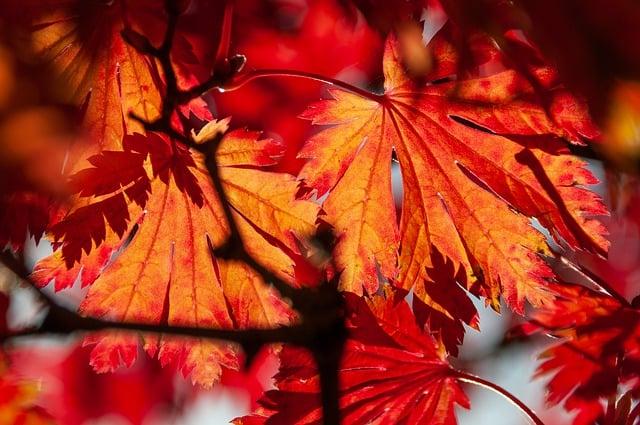- Introduction
- Characteristics of Maple Trees
- Popular Species of Maple Trees
- Importance and Uses of Maple Trees
- How to Cultivate and Care for Maple Trees
- Conclusion
- FAQs
- References
Introduction
Maple trees, belonging to the Acer genus, are famous for their breathtaking autumn foliage and their significant cultural and ecological importance. This article will explore various aspects of maple trees, from their characteristics and species to their uses and cultivation methods. Whether you're a gardening enthusiast or simply intrigued by this iconic tree, you'll find plenty of valuable insights here.
By focusing on popular species, practical garden tips, and the versatility of maple wood and syrup, we hope to present a comprehensive guide on the wonders of this majestic tree.
Characteristics of Maple Trees
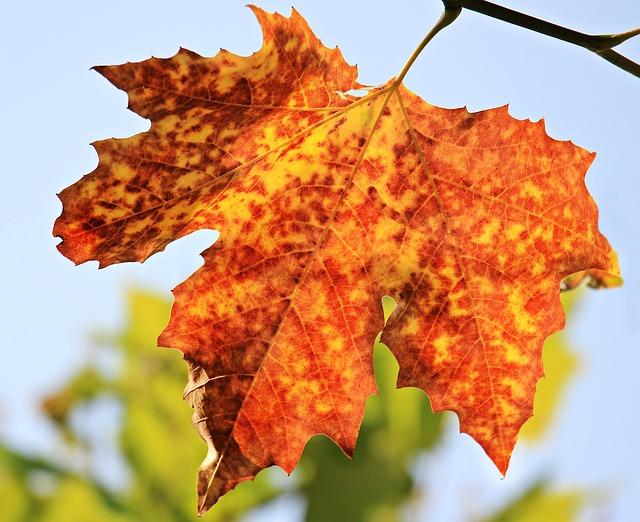
(Image: Pixabay/@NoName_13)
Maple trees are known for their uniquely shaped leaves, most notably their palmate lobes. These trees typically possess five or more pointed blades that resemble an open hand. With over 130 species of maples, these deciduous trees can vary significantly in shape, size, and longevity depending on their environment and species.
Most species are moderate to fast-growing, reaching heights ranging from 20 to 150 feet tall. The lifespan of a maple tree also varies by species, but many live well over 100 years. These trees tend to prefer temperate climates and are often found in regions across North America, Europe, and Asia.
One striking feature of maples is their ability to put on spectacular displays of vibrant red, orange, and yellow during the fall, making them extremely popular in landscaping. The maple sap also contains sugars, especially in sugar maples, which is harvested to make maple syrup, a famous product worldwide.
Popular Species of Maple Trees
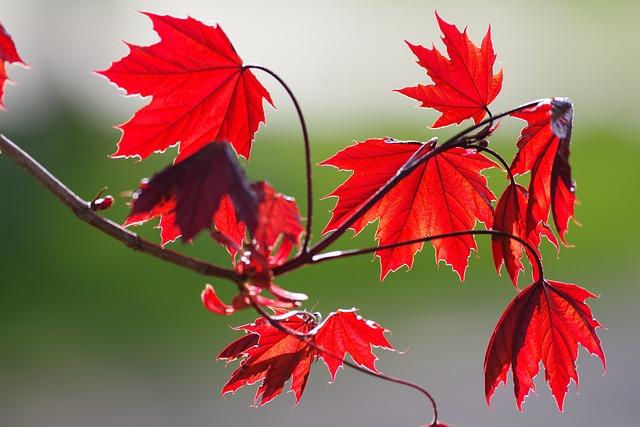
(Image: Pixabay/@jlkramer)
While all maple trees share common traits, several species have gained particular popularity due to their unique features. Some of the top varieties include:
Sugar Maple (Acer saccharum)
The sugar maple is famous for its contribution to the production of maple syrup, which comes from its sap. These trees are native to eastern North America and display classic maple leaves with five prominent lobes. The sugar maple can reach up to 100 feet in height and offers stunning colors during the fall.
Red Maple (Acer rubrum)
As the name suggests, Red Maple trees flaunt brilliant red foliage in fall, and sometimes even in spring. They are one of the most abundant trees in North America and are commonly planted in urban areas for their adaptability and beauty.
Japanese Maple (Acer palmatum)
Japanese Maples are prized as ornamental trees in gardens around the world. Known for their delicate, finely divided leaves, these trees usually remain smaller—around 15 to 25 feet—and are often grown as bonsai. Their exquisite colors range from deep purple to bright red.
Importance and Uses of Maple Trees
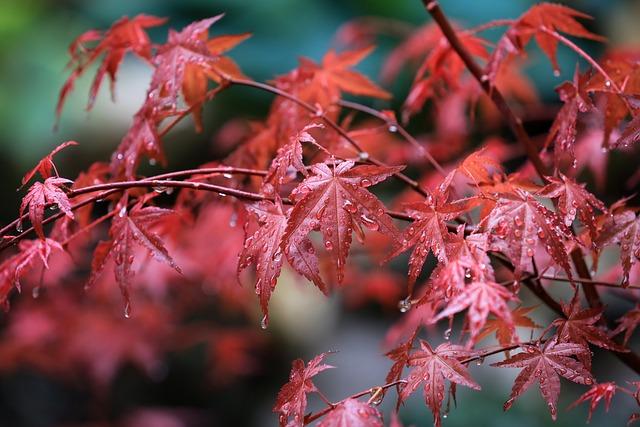
(Image: Pixabay/@IlonaBurschl)
Maple trees are much more than just beautiful landscape additions. They play important roles ecologically, culturally, and economically. Across North America, maple forests offer food and shelter to wildlife, support biodiversity, and help prevent erosion.
In terms of human benefit, perhaps the most famous use of the maple tree is in the production of maple syrup, an industry primarily based in Canada and the northeastern United States. However, that's not where maple utility ends. Maple wood, known for being strong but flexible, is used to create furniture, flooring, and even musical instruments like violins and guitars.
Additionally, maple trees hold symbolic meanings in various cultures. For example, the maple leaf is featured prominently on the national flag of Canada, symbolizing unity, peace, and tolerance. Similarly, in Japan, the Japanese Maple is central in traditional garden landscapes and represents peace and balance.
How to Cultivate and Care for Maple Trees
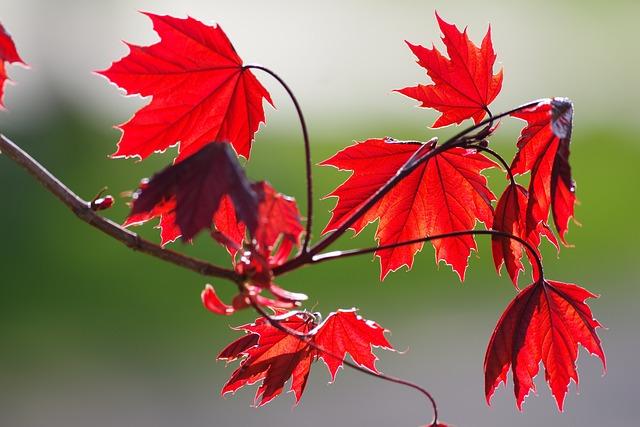
(Image: Pixabay/@jlkramer)
If you're looking to grow your own maple tree, there are a few things to consider in terms of soil, climate, and care. Standard growing zones for most maple species range from 3 to 9, making them relatively versatile. However, it’s vital to choose a suitable species for your local climate.
Most maples prefer well-drained, slightly acidic soil. They thrive best when grown in areas with full sun to partial shade. Regular watering, especially young trees, is key since maples can be sensitive to drought. Mulching can help conserve soil moisture and protect the roots of younger trees from extreme temperatures.
Pruning can help enhance shape and growth, although you should avoid heavy pruning in winter, as it may cause sap loss in species such as sugar maple. Pests and diseases to look out for include aphids, maple anthracnose, and verticillium wilt. Routine maintenance and healthy soil conditions can keep these issues at bay.
Conclusion
Maple trees are undeniably remarkable for their beauty, cultural symbolism, ecological importance, and economic value. From magnificent autumn vistas to the sweet taste of real maple syrup, they enrich both the environment and our daily lives. Whether you're looking to cultivate a maple tree or are simply fascinated by their history, maples are sure to leave a lasting impression.
FAQs
What is the best time to plant a maple tree?
The ideal time to plant a maple tree is in the fall or early spring when the tree is dormant, reducing shock and helping it establish its roots before the next growing season.
Can I use maple leaves as mulch?
Yes! Maple leaves break down relatively quickly and provide excellent organic material for mulching gardens or flower beds.
How fast do maple trees grow?
The growth rate depends on the species. For instance, the Red Maple grows relatively fast, around 1–2 feet per year, while Sugar Maple has a medium growth rate.

